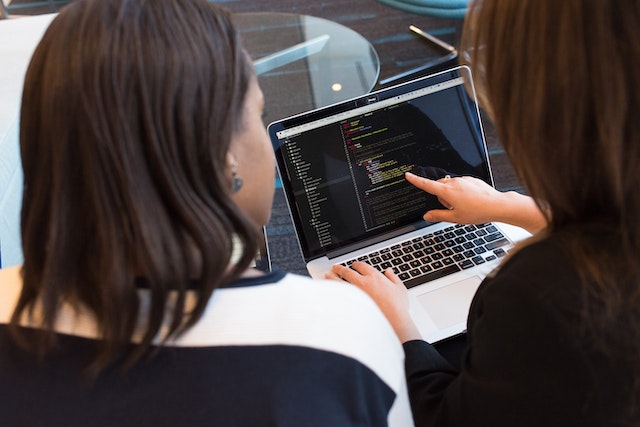Introduction:
- Briefly introduce the Laminas Framework and its significance in PHP development.
- Emphasize the importance of keeping up with advanced features to leverage the full potential of the framework.
I. Advanced Routing and Middleware:
- Explain the concept of routing and its role in handling requests.
- Showcase the advanced routing capabilities offered by Laminas.
- Discuss the benefits of using middleware to modify requests and responses.
- Demonstrate practical examples of implementing advanced routing and middleware in Laminas.
II. Dependency Injection and Service Manager:
- Provide an overview of the Dependency Injection (DI) design pattern and its benefits.
- Introduce the Laminas ServiceManager component and its role in managing dependencies.
- Discuss how to configure and use the service manager to inject dependencies.
- Showcase advanced techniques such as service factories and abstract factories.
- Share real-world scenarios where the service manager can be leveraged effectively.
III. Event-Driven Architecture with Laminas EventManager:
- Explain the concept of event-driven architecture (EDA) and its advantages.
- Introduce the Laminas EventManager component for managing events and listeners.
- Demonstrate how to create custom events and attach listeners using Laminas EventManager.
- Showcase the power of EDA by providing examples of decoupled application modules and extensibility.
IV. Advanced Caching Techniques:
- Discuss the importance of caching in web application performance.
- Explore Laminas’ caching capabilities, including different storage adapters (e.g., Redis, Memcached).
- Explain how to implement cache strategies using Laminas Cache.
- Highlight advanced caching techniques such as tagging, cache invalidation, and cache hierarchies.
V. Authentication and Authorization:
- Introduce the concepts of authentication and authorization in web applications.
- Discuss Laminas’ authentication and authorization components.
- Explain how to implement various authentication methods, including OAuth, JWT, and LDAP.
- Showcase how to define role-based access control (RBAC) using Laminas permissions.
VI. Best Practices and Performance Optimization:
- Present a set of best practices for developing applications with the Laminas Framework.
- Discuss performance optimization techniques specific to Laminas.
- Cover topics such as code organization, autoloading, caching, database optimization, and more.
- Share real-world examples and tips for writing efficient and maintainable Laminas applications.
Conclusion:
- Recap the advanced features discussed throughout the presentation.
- Emphasize the importance of continuous learning and exploration in mastering the Laminas Framework.
- Encourage attendees to leverage the advanced capabilities to build robust and efficient web applications.
Q&A Session:
- Allocate time for a Q&A session to address any queries or concerns from the audience.
- Provide additional resources for further exploration, such as official documentation, tutorials, and community forums.
Note: Remember to adjust the presentation duration, structure, and depth of content based on the allotted time and audience’s technical background.
![]()

